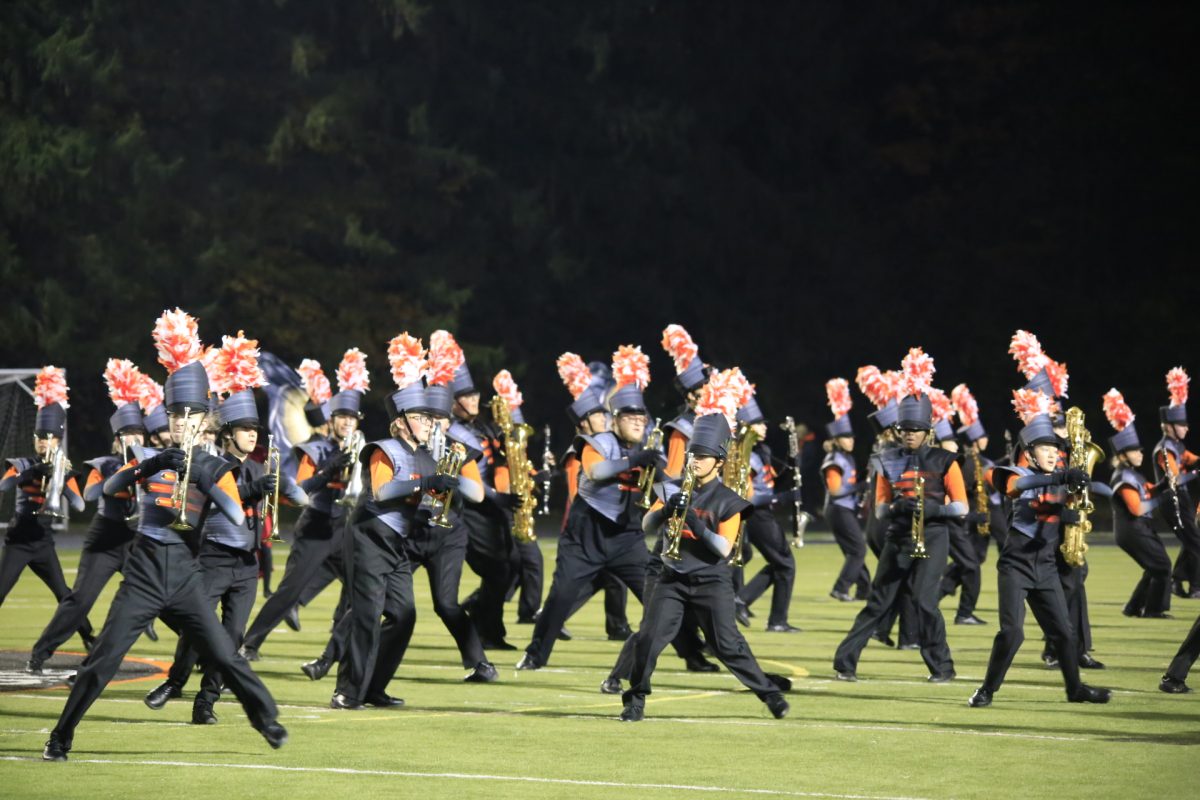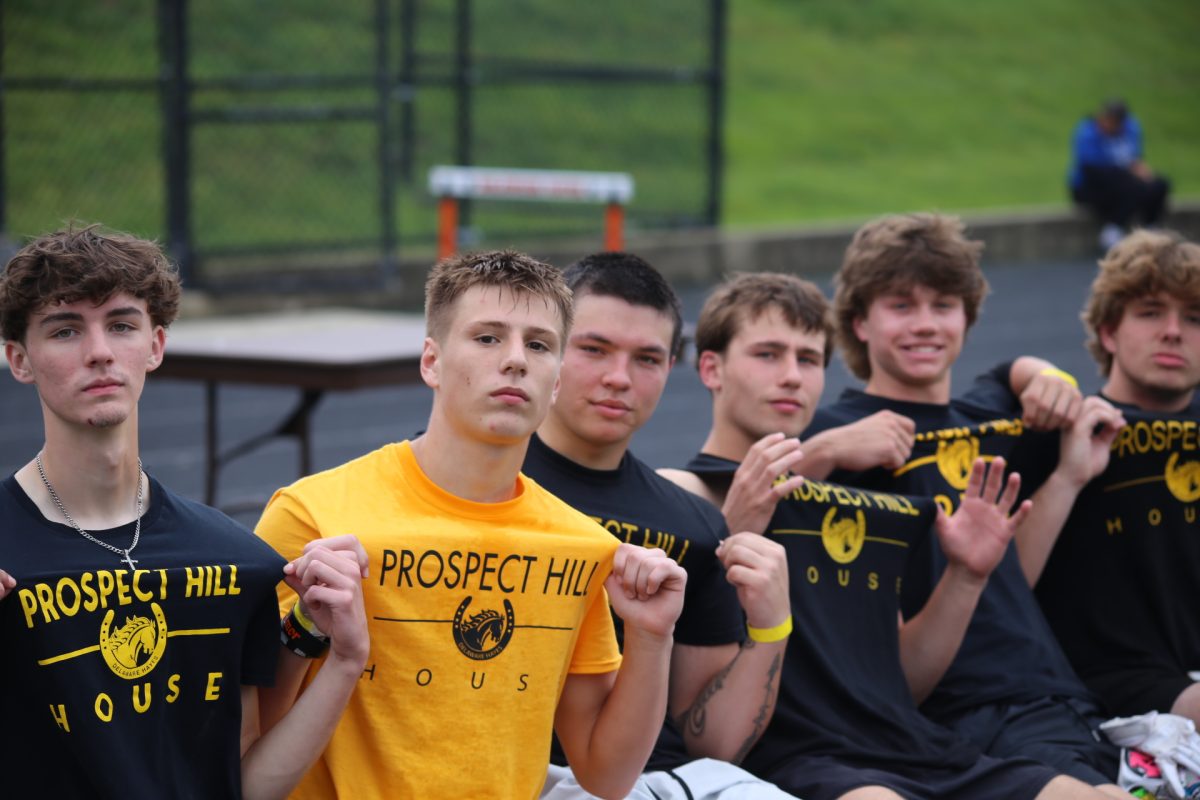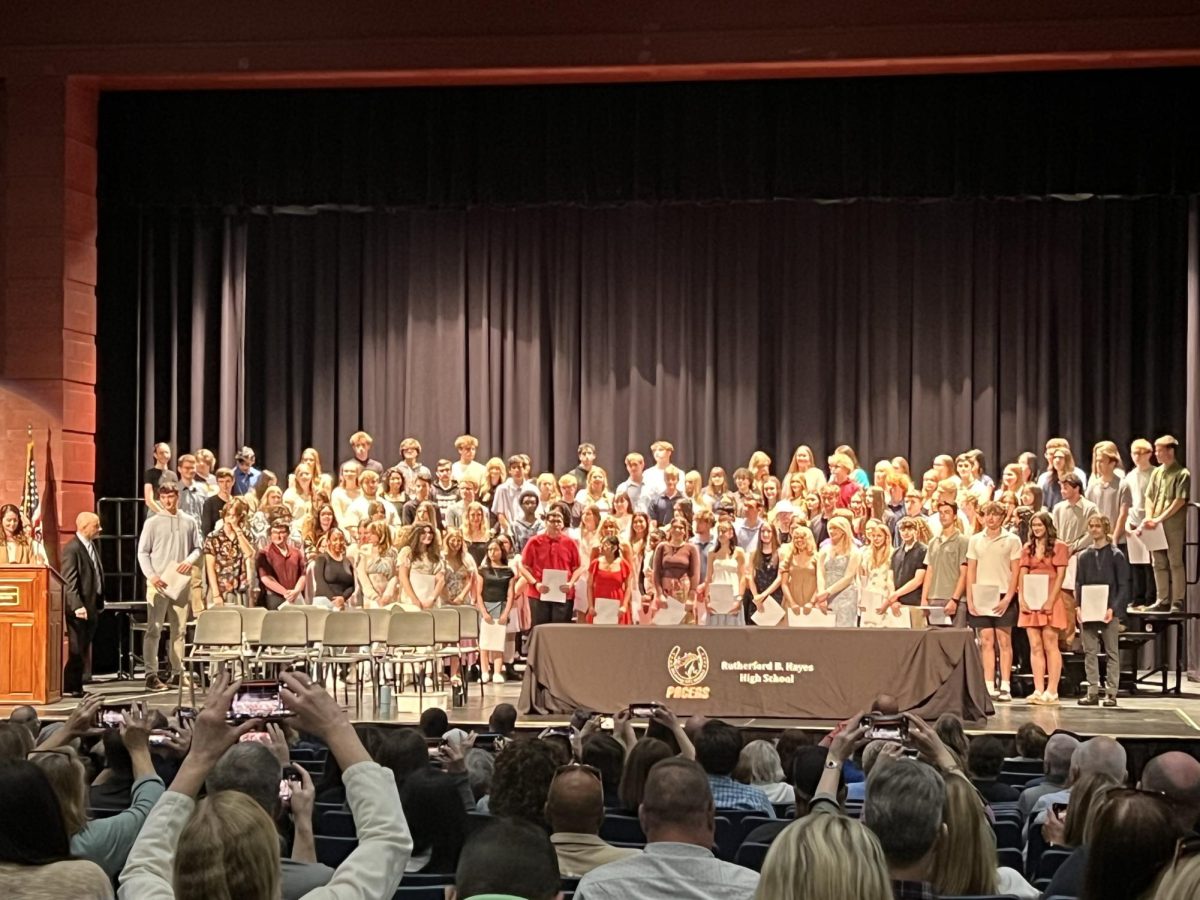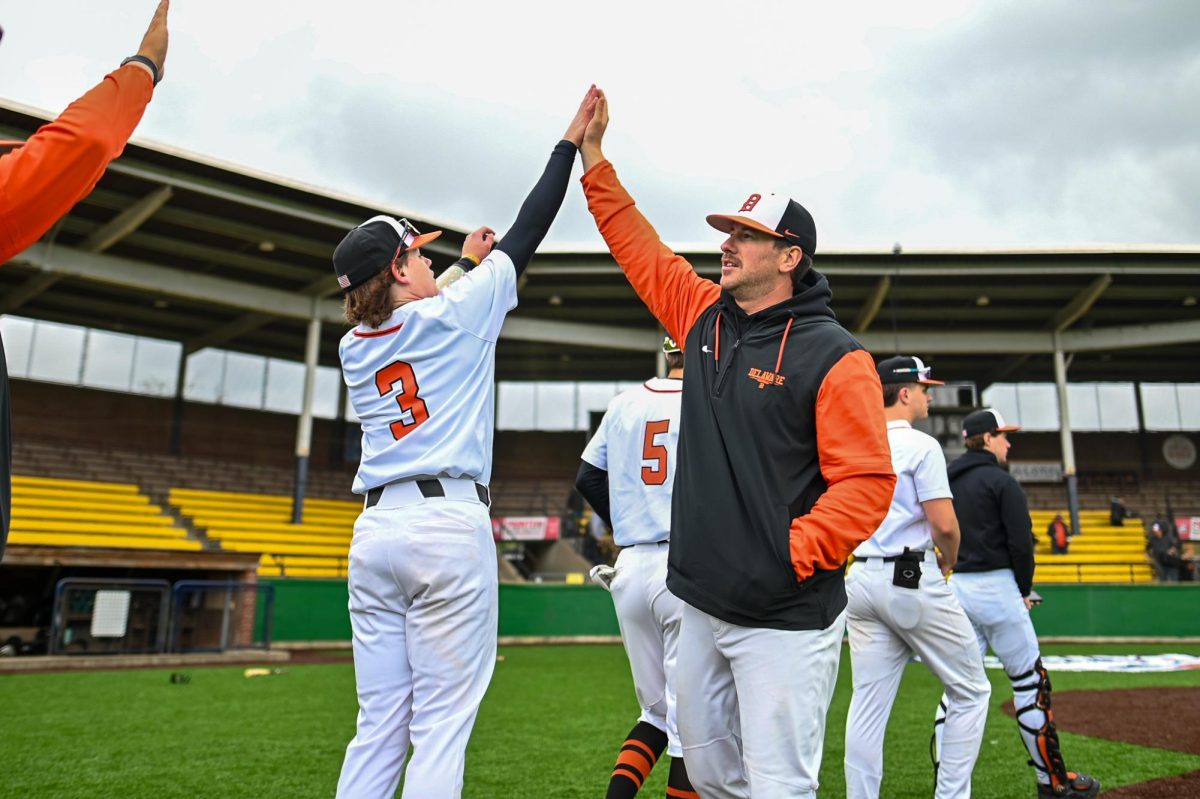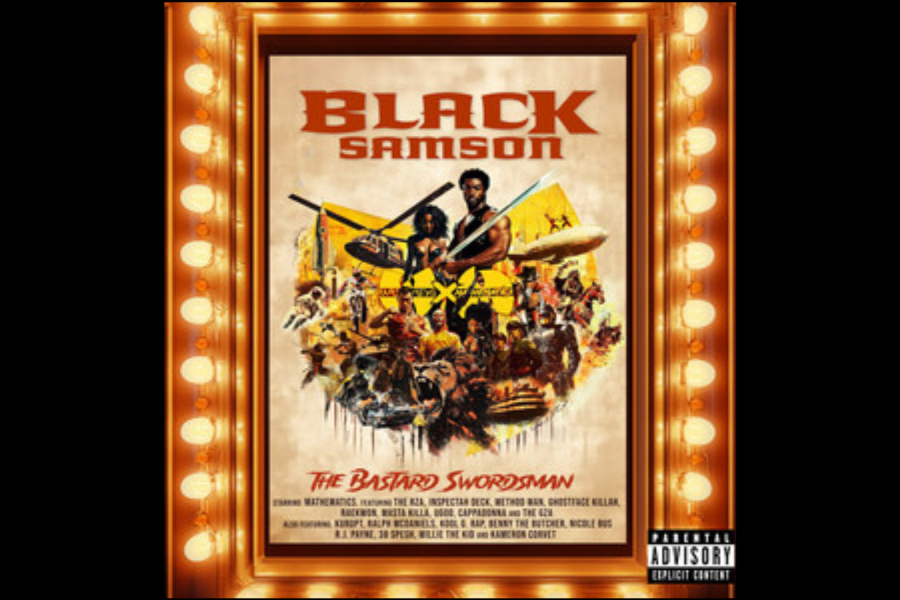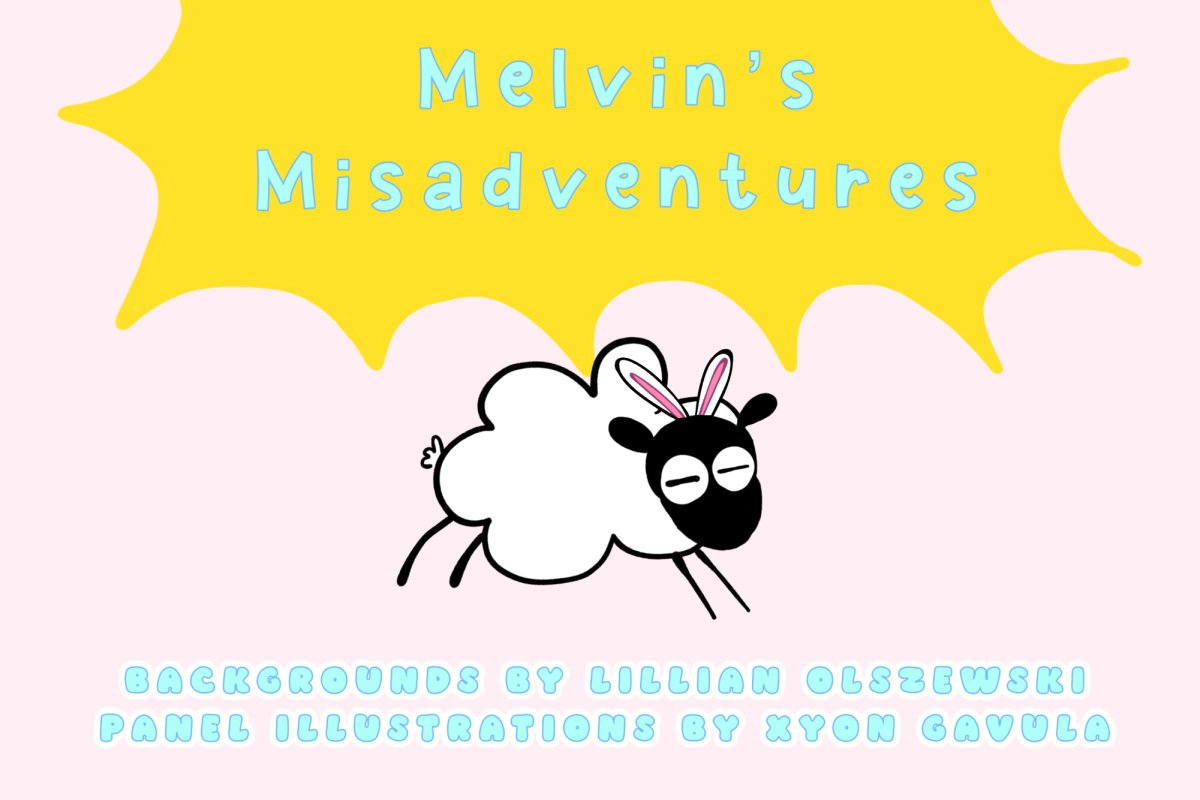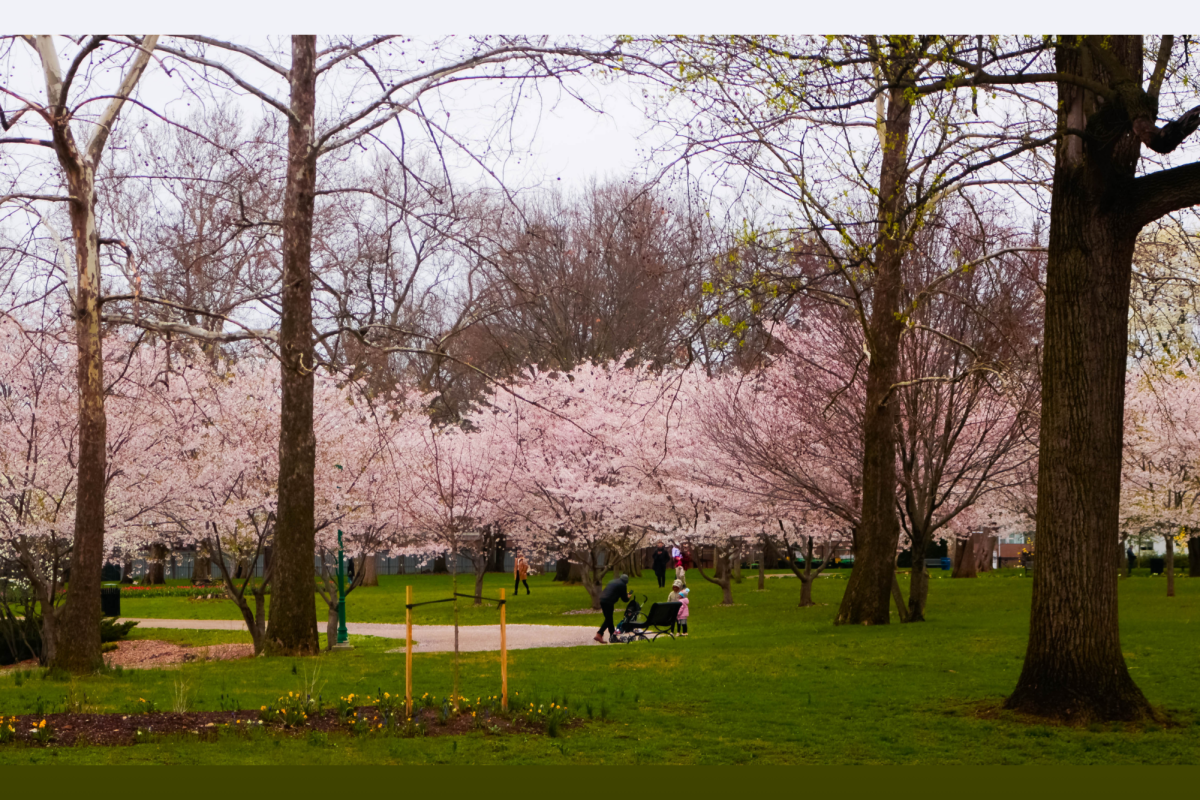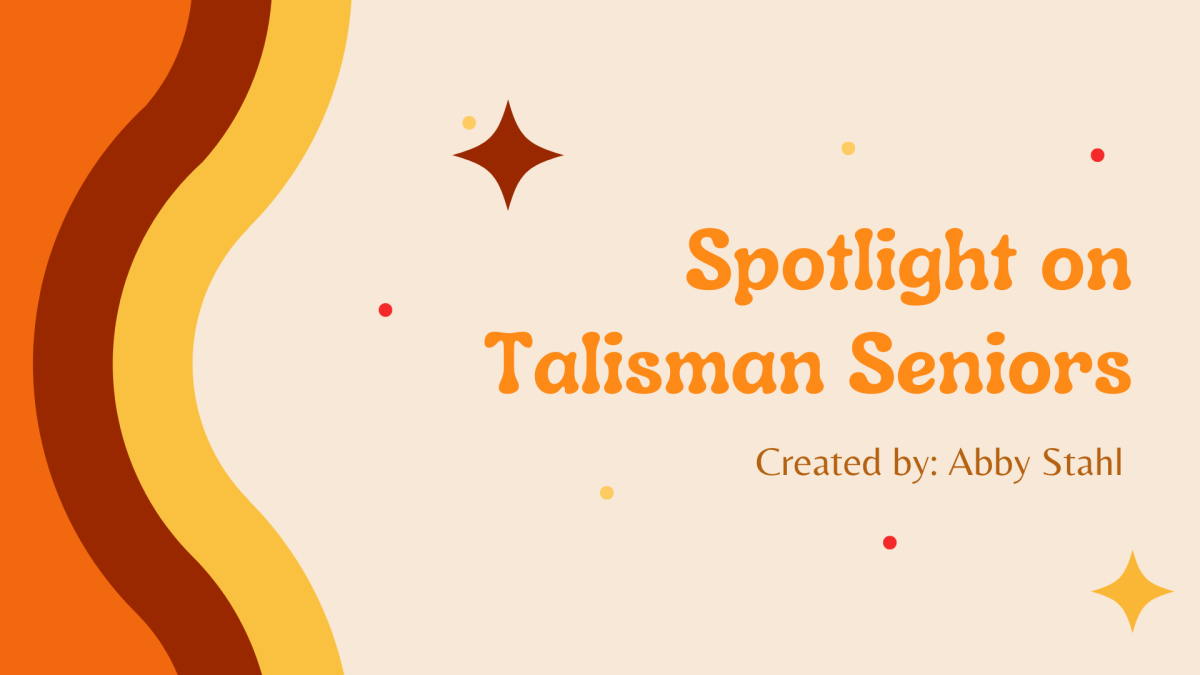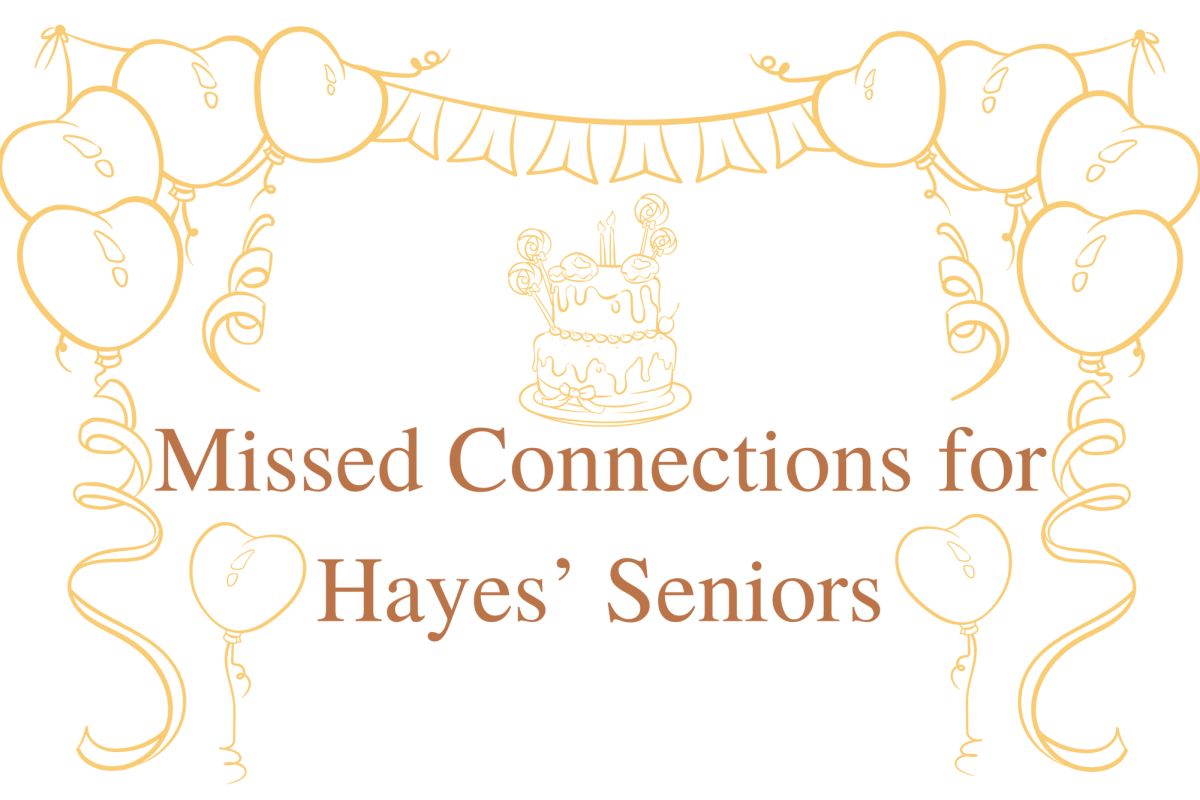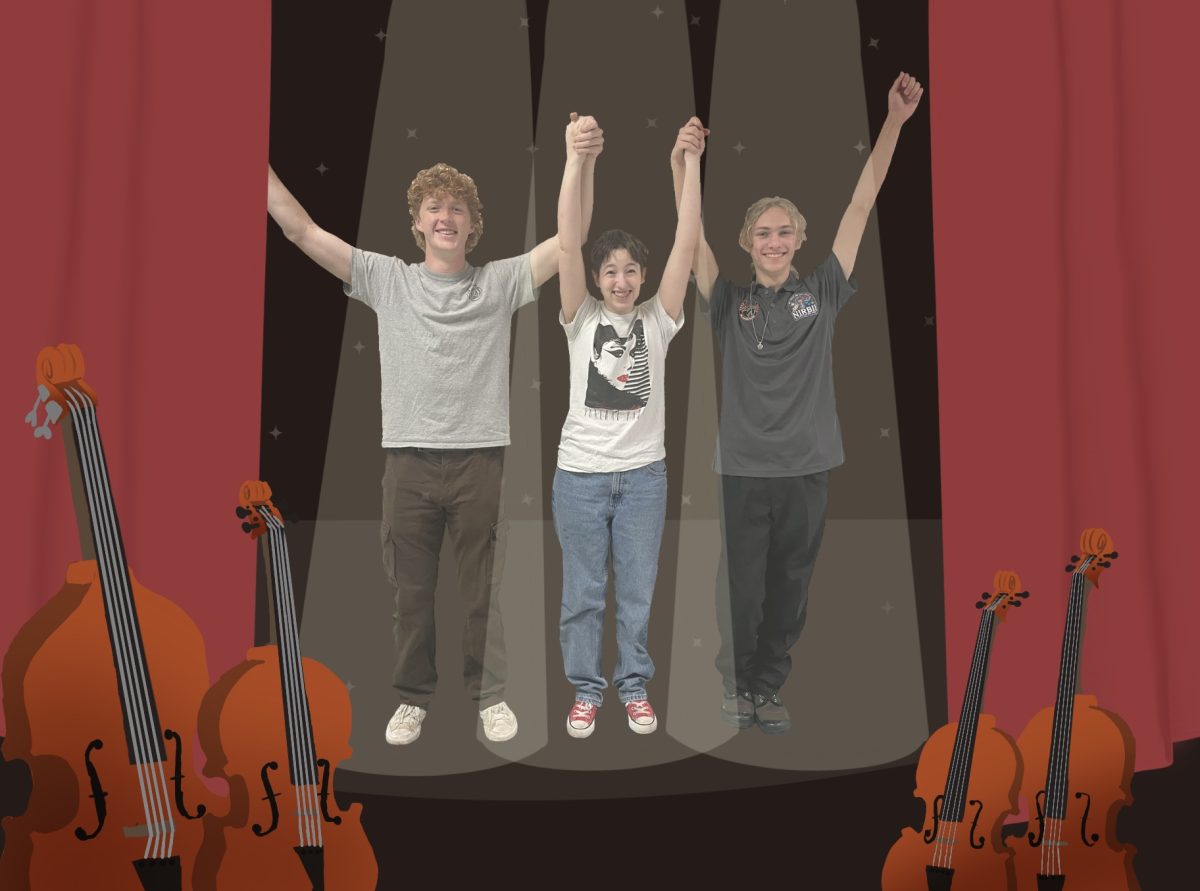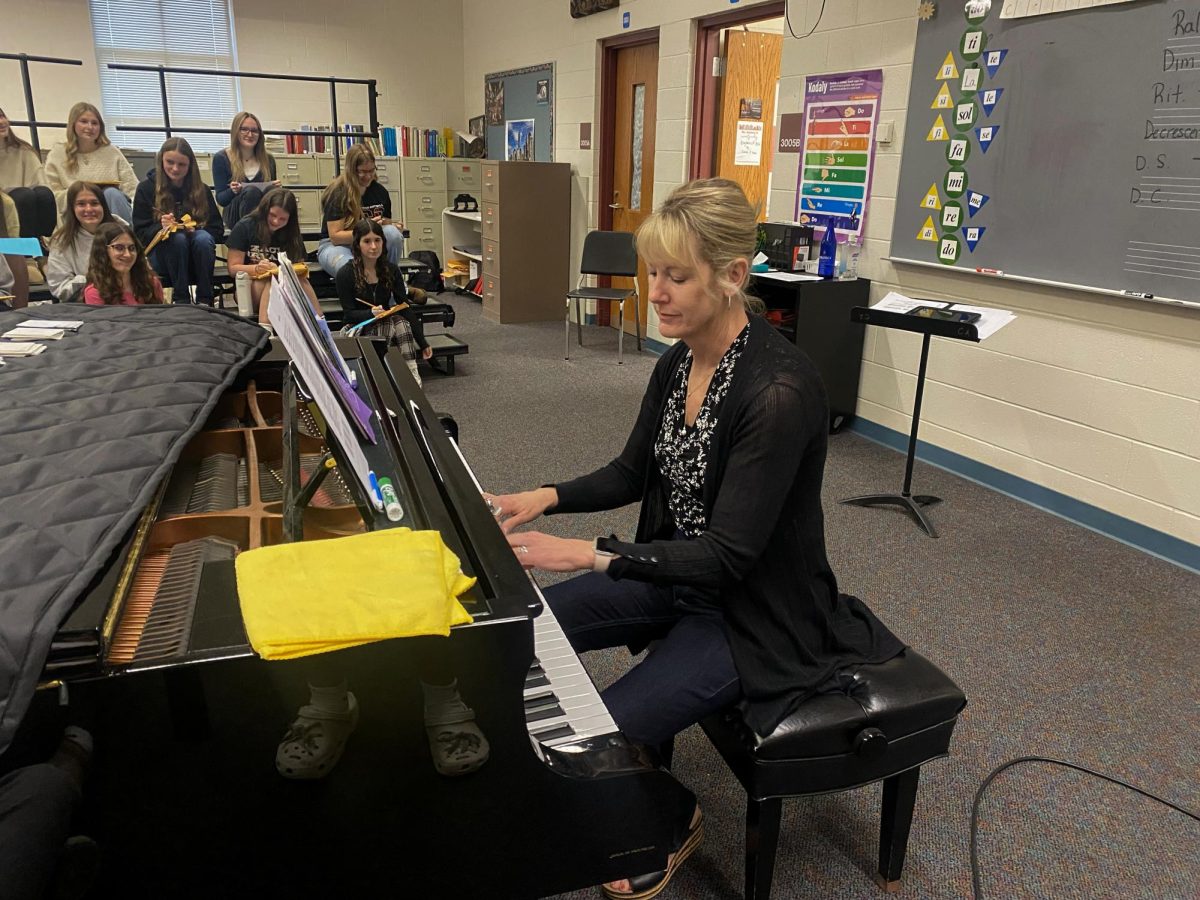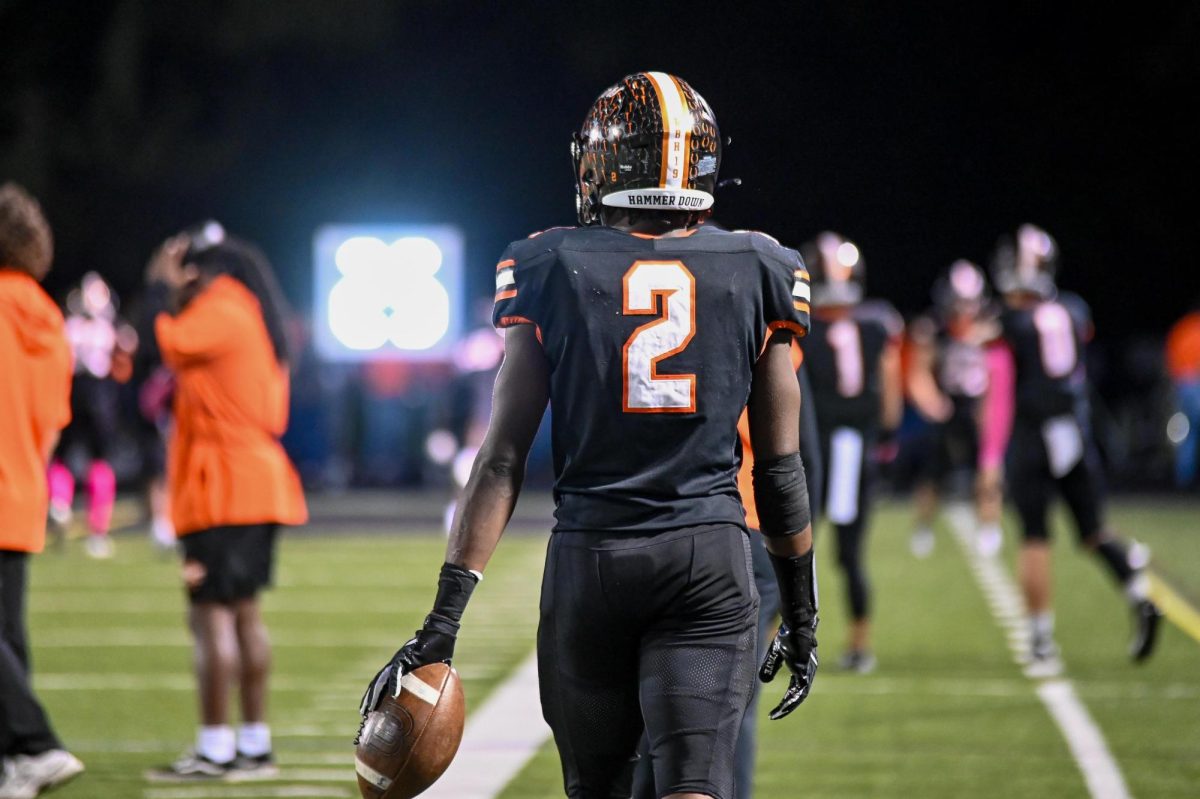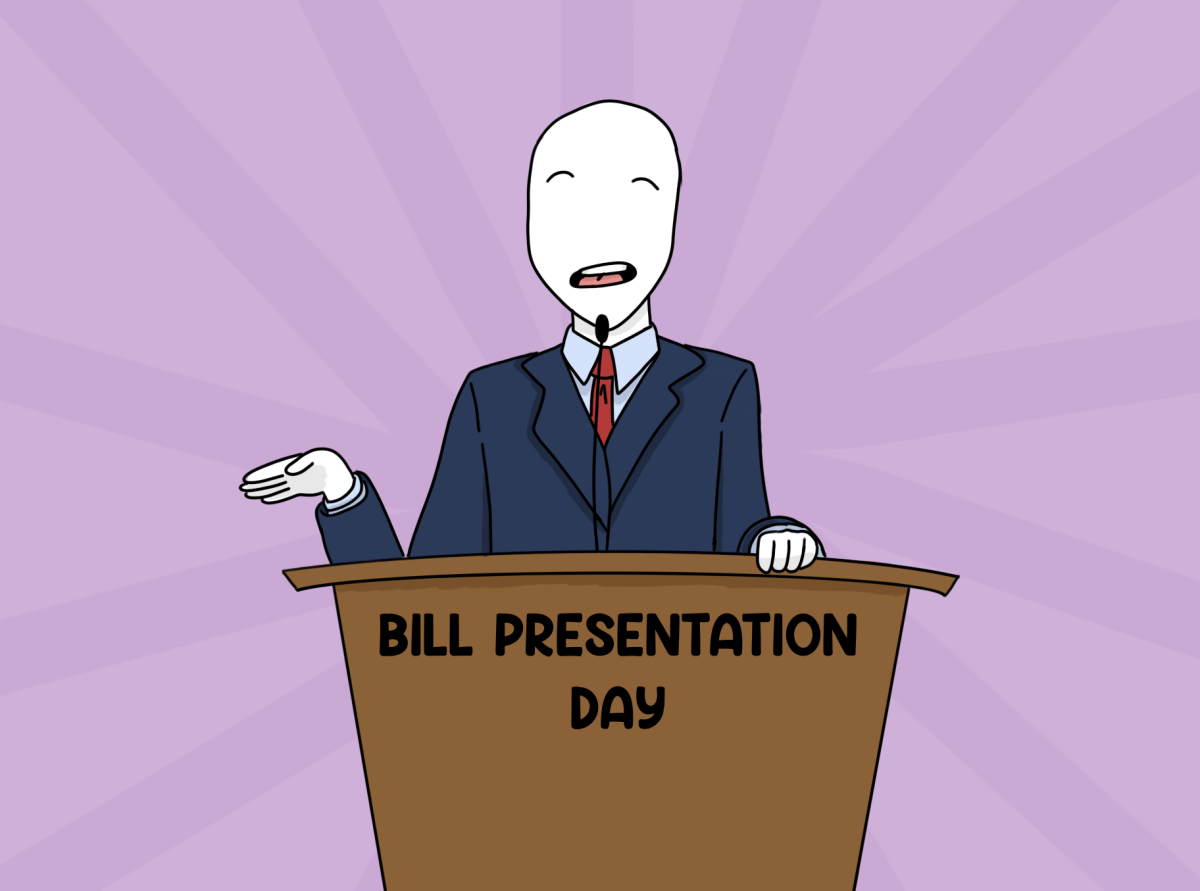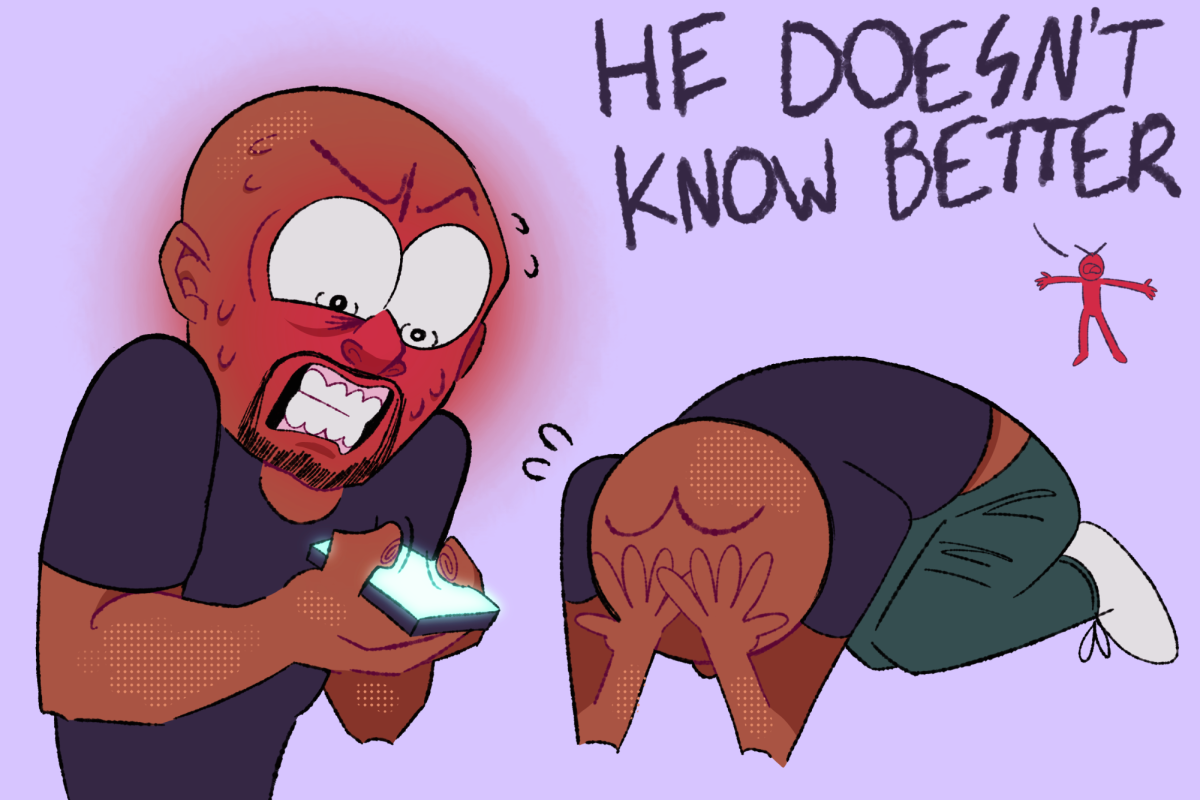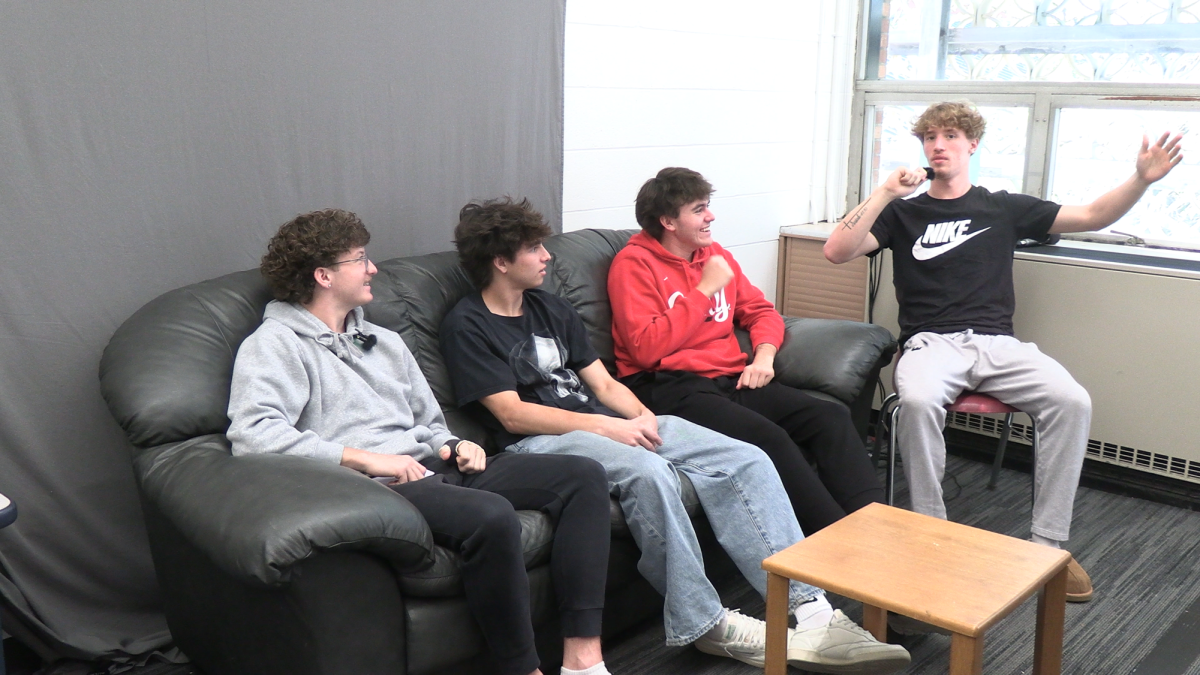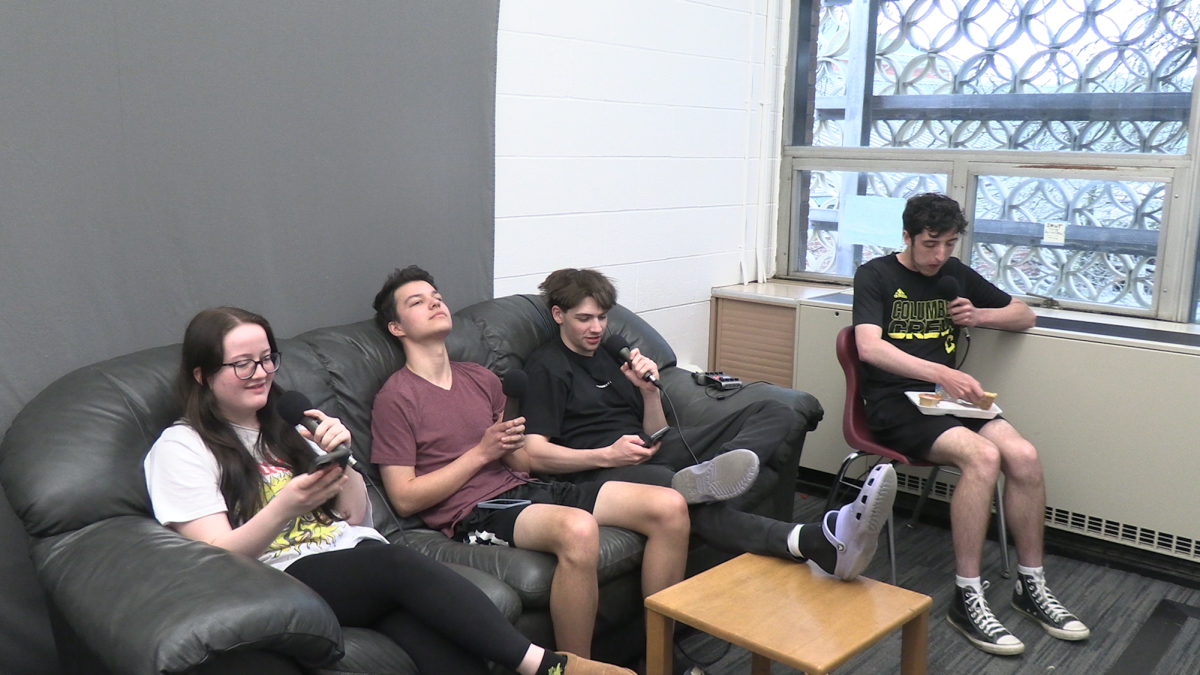ROTC provides opportunities for students at Hayes
Master Sergeant Worstell talks to the cadets during their ROTC class period.
When many students at Hayes think of JROTC, the Junior Reserve Officer Training Corps, they think of the Air Force uniforms that members wear to school. What they don’t realize is that there is so much more to the program they know nothing about.
JROTC is a leadership education program.
“Their mission is to develop citizens of character dedicated to serving their nation and community,” said Master Sergeant Jim Worstell, Aerospace Science Instructor for the Air Force JROTC at Hayes.
Students in JROTC are educated on aerospace science, which is a STEM curriculum covering subjects such as science of flight, space and rocketry, as well as life skills, including financial management and communication.
Members also have the opportunity to be involved in multiple different extracurriculars. They can join drill and color guard teams, which are competition teams, and they perform different kinds of community service.
“One of our biggest things involving most of our cadets is the people need program,” said senior Alex Coughenour, the JROTC operations officer. “It’s done at the fairgrounds for about two weeks every year and it’s a giant food drive and present drive for people who need it.”
Coughenour is a fourth year member of the program and also serves as the drill team commander.
Most students at Hayes have little to no knowledge on what the JROTC program is or what it’s all about.
“I know that has to do with the Air Force or something with the military,” freshman Marty Howard said. “Something like that.”
But contrary to popular belief, it is not all about the military.
“It’s definitely not a military recruitment program,” Worstell said. “We are not even allowed to recruit for the military. Probably less than three percent of [JROTC students] will actually join the service … the rest of them are going to take the skills that we teach to be able to go out and…function in society and hopefully be good citizens.”
The program simply has aspects that are military oriented, such as drill team, ceremonies and the uniform.
Another thing that many students don’t know about JROTC is that each unit is required by law to have a certain level of enrollment or it will be put on probation. The Hayes JROTC program is required to have at least 100 cadets but it only has 88, so members and instructors are working to find ways to make people aware of what all the program can do for them.
“If you join JROTC, you get a PE waiver,” Worstell said. “You also get [graduation] seals for JROTC. And if you decide you want to join the military service, then if you have three years of JROTC you can go in as an advanced rank, which means you’re going to get promoted quicker while you’re actually in the service. So there are benefits to being in JROTC.”
Coughenour said that JROTC has many benefits outside of the classroom as well.
“My favorite thing about ROTC is the camaraderie,” Coughenour said. “There’s never a dull moment. There’s always somebody new to talk to. And we have units all around the country. So I have people I know from California that are just happy to be a part of the program and they’re good friends of mine.”
Cadets and instructors alike describe JROTC as a camaraderie and program that is good for so much more than what students see on the surface.
“It’s an opportunity for all the cadets to be able to have a leadership role,” Worstell said. “JROTC is run by the cadets for the cadets.”
Your donation will support the student journalists of Rutherford B. Hayes High School. Your contribution will allow us to purchase equipment and cover our annual website hosting costs.

Olivia O'Rourke (she/her) is a senior at Hayes. This is her second year on staff. She plays flute in marching and symphonic band and is a member of National...



